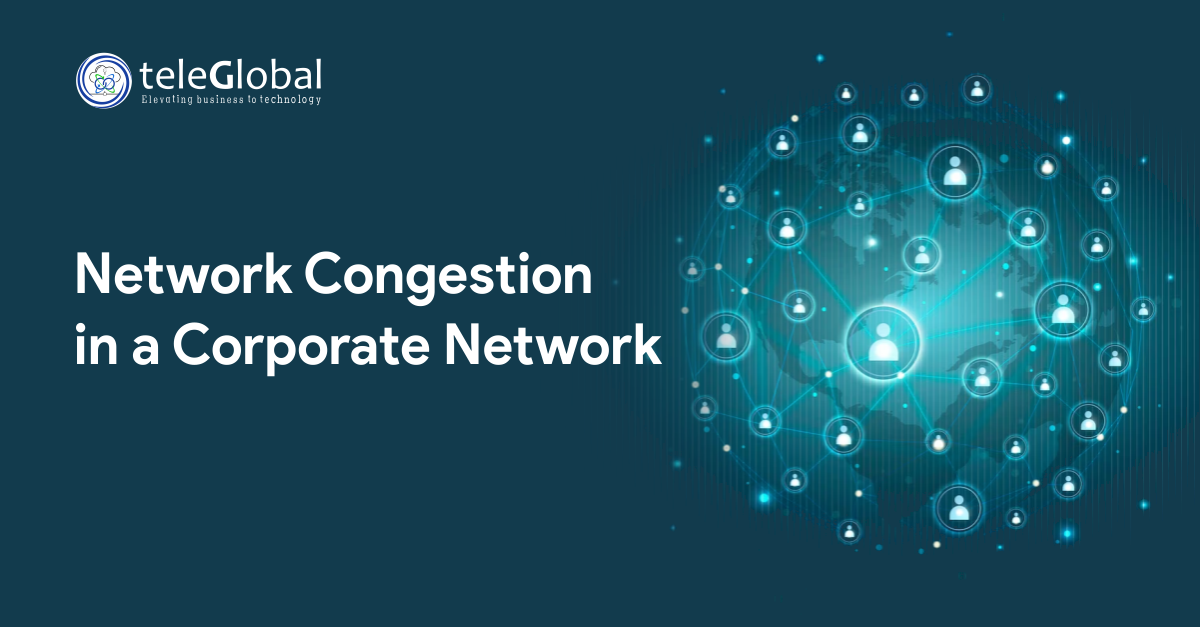
Network Congestion in a Corporate Network is a common issue faced by growing businesses. As more employees use shared resources, demand often exceeds the network’s capacity. This leads to slow connections, poor video quality, and delays in accessing files or applications.
In this case study, we explore the causes of network congestion, its impact, and practical network congestion solutions for performance improvement.
A medium-sized company reported network congestion issues across departments. Employees struggled with:
Investigations revealed that the corporate network was not optimized for rising data usage.
The root cause analysis highlighted three major factors:
To address the problem, a step-by-step network performance optimization plan was designed.
The company implemented the plan in phases to avoid downtime. Once complete:
The measures successfully resolved corporate network congestion and created room for future growth.
This case study shows that corporate network congestion can disrupt daily operations if left unchecked. By understanding the causes of network congestion and applying targeted network congestion solutions, businesses can ensure smooth communication, efficient workflows, and improved user satisfaction.
Proactive planning, infrastructure upgrades, and continuous monitoring are key to resolving corporate network congestion and achieving long-term network performance optimization.
 close
close

Hi there! At TeleGlobal, we turn your cloud vision into AI-accelerated reality. What challenge can we help you solve?
Powered by ![]() teleBot
teleBot